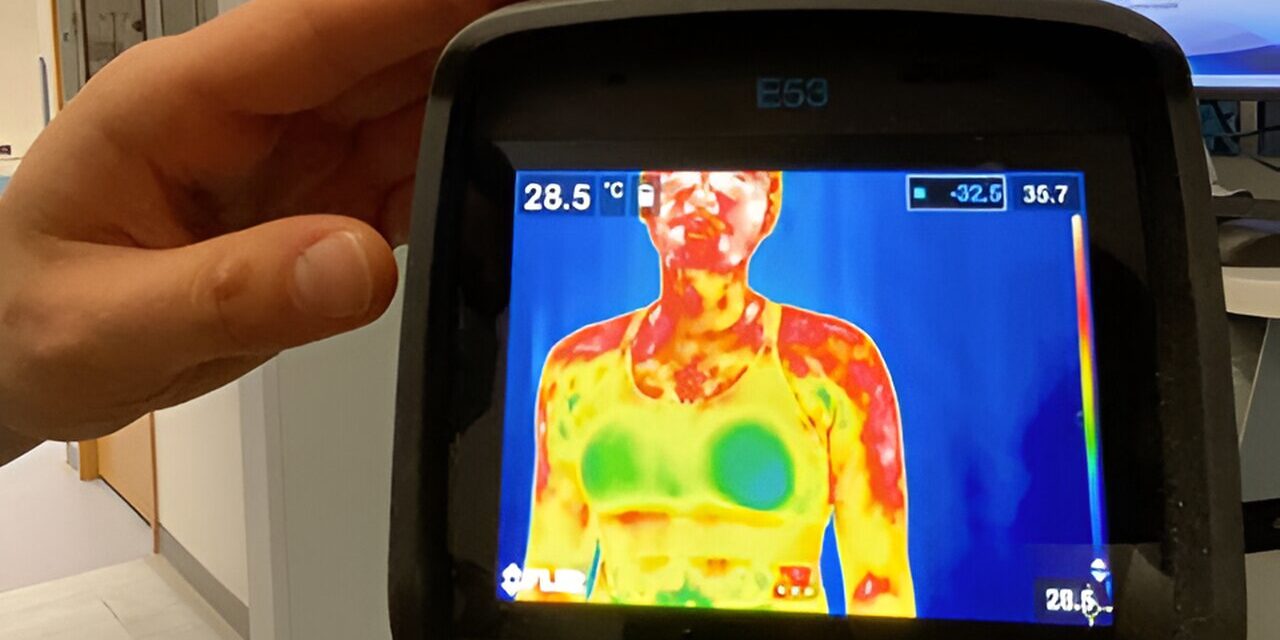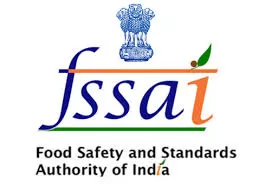Last April, the U.S. Preventive Services Task Force (USPSTF) revised its breast cancer screening guidelines, recommending that women at average risk for breast cancer begin biennial mammograms at age 40, a decade earlier than the previous start age of 50. This shift reflects rising breast cancer rates among women in their 40s and recognizes disparities, particularly among Black women who face a higher risk of aggressive forms of the disease and a greater likelihood of dying from it.
The USPSTF’s updated guidelines align with those of the National Comprehensive Cancer Network, the American College of Radiology, and most recently, the American College of Obstetricians and Gynecologists (ACOG), which also advises starting screening at age 40. These changes aim to address the observed rise in breast cancer diagnoses in younger women, with significant potential for life-saving impact.
Diverging Opinions on Early Screening
Dr. John Wong, a member of the USPSTF, supports the earlier screening age, stating, “Screening every other year starting at age 40 can save about 20% more lives among all women, with even greater benefit for Black women, who have higher breast cancer mortality rates.” Wong emphasizes that earlier screening could lead to earlier detection and better outcomes.
However, some experts express reservations. In a recent JAMA Internal Medicine article, University of California, San Francisco physicians Karla Kerlikowske, MD, Laura Esserman, MD, and Jeffrey Tice, MD, questioned the evidence behind lowering the age threshold. They argued that although breast cancer mortality rates for women under 50 have declined over the past two decades, this reduction is more likely due to improved treatments than increased screening. Their research suggests that starting mammograms at age 40 rather than 50 would avert only a few additional deaths per thousand women screened, possibly at the expense of unnecessary biopsies, false positives, and the psychological toll of overdiagnosis.
Potential Harms of Early Screening
Critics like Kenneth Lin, MD, of Lancaster General Hospital, underscore the downsides of earlier screening, noting that younger screening could lead to a high rate of false-positive results, unnecessary biopsies, and overdiagnosis. Lin’s analysis of previous USPSTF data revealed that, for every 1,000 women screened starting at 40, there would be only one additional death prevented compared to starting at 50, yet at the cost of hundreds of false positives and benign biopsies.
Support for Equity in Screening
Despite these concerns, many experts see the revised guidelines as a step toward equity. Black women, while slightly less likely than White women to develop breast cancer, often face more aggressive types and are diagnosed later, factors that contribute to their poorer outcomes. Dr. Cherie C. Hill of Emory Healthcare expressed hope that earlier screening could be particularly beneficial in addressing these racial disparities.
“Earlier screening could potentially reduce mortality disparities for Black women, but this must be combined with improvements in treatment and follow-up care,” she noted. Hill advocates that more comprehensive support and education for these patients is essential to ensure equitable care outcomes.
A Call for Risk-Based Screening
Although the USPSTF recommends starting screening at 40 for all average-risk women, many experts, including the UCSF Viewpoint authors, argue that a personalized, risk-based approach may be more beneficial. This would involve assessing each woman’s unique risk profile, including family history, genetic factors, and lifestyle, which can influence both the likelihood of developing breast cancer and the appropriate screening approach. Dr. Lisa Abramson, a radiologist with Mount Sinai Health System, advocates for early risk assessments by OB-GYNs and primary care physicians, starting as early as age 25.
Dr. Melissa Fana, a surgical oncologist at NYU Langone Health, emphasized the importance of risk calculators that can guide women in making informed decisions about when to begin screening. “These tools help individualize the decision for women, factoring in elements like family history and reproductive history, which can evolve over time,” she said.
The Takeaway
The USPSTF’s updated recommendations have sparked meaningful discussions among clinicians, researchers, and public health experts on the balance of benefits and harms in breast cancer screening for younger women. While proponents highlight the potential lives saved and benefits for Black women, opponents call for more personalized screening practices and caution against the psychological and physical downsides of over-screening.
As Abramson notes, “For clinicians, the priority is to educate patients about their personal risk, guide timely mammograms, and refer higher-risk individuals for additional tests.” For many women, this personalized approach may be key to making an informed decision that aligns with both medical evidence and their personal health values.












